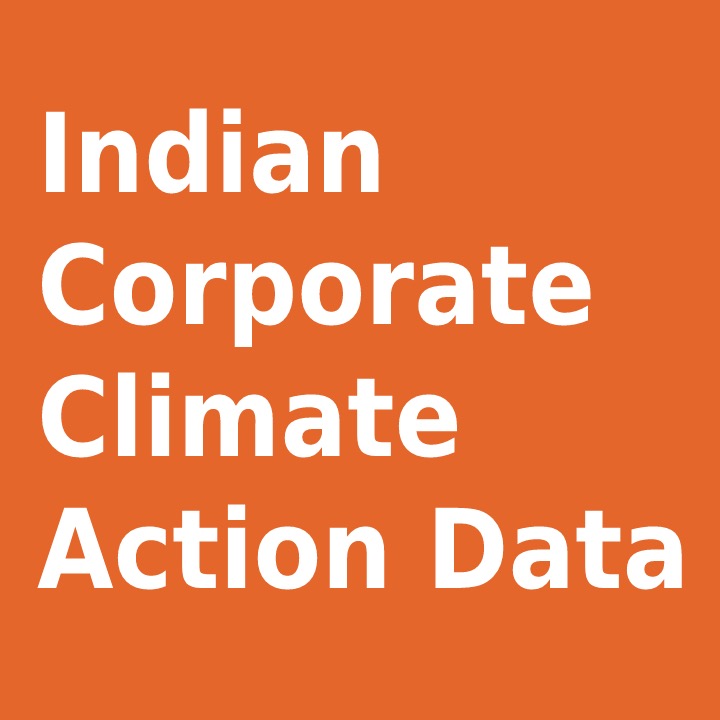Key Takeaways
➢ Assessing the readiness of India’s top 20 listed financial institutions to incorporate climate risk considerations into their financing, it’s noteworthy that only 8 have established sustainable financing frameworks. Within this group of 8 institutions, 6 are banks, while the remaining 2 operate as insurance companies. The initiative to implement sustainable financing frameworks (SFFs) remains limited, as these are mainly integrated into the organizations’ broader sustainability policies and frameworks.
➢ Among the FIs that have established SFF, a notable pattern emerges regarding their structure. These frameworks tend to share a similar foundation, often encompassing crucial components such as a well-defined Sustainability Strategy, clear Board Oversight, Positive/Negative Screening criteria, and specific Environmental Practices.
➢ A distinctive aspect surfaces in the approach of Axis Bank and SBI, both of which have introduced explicit eligibility criteria for the financing of green projects. This distinctiveness sets them apart from other FIs, signifying their proactive commitment to sustainable investments.
➢ While many financial institutions (FIs) acknowledge the existence of pertinent climate risks within their portfolios, a noticeable differentiation arises between the mere identification of these risks and their comprehensive assessment, which entails a thorough evaluation. Most FIs are actively seeking tools to effectively assess climate risks within their portfolios.
➢ Most FIs have identified similar sectors that exhibit high climate risk potential. These sectors, which include coal, petroleum, mining, and fossil fuel-based power industries, are collectively perceived as having considerable exposure to carbon-related risks. Additionally, agriculture and allied activities has also been identified acknowledged for their vulnerability to climate-induced risks.
➢ Notably, Kotak Mahindra Bank is the only bank to have adopted a comprehensive approach to analyze climate risks, but only partially. The bank utilizes scenario analysis only to understand climate risks arising in the power sector.
➢ A significant divergence is observed in terms of the level of exposure to carbon-intensive sectors among different FIs. While HDFC Bank presents the highest exposure to these sectors, Kotak Mahindra Bank stands out for demonstrating the least exposure to such areas.
➢ The study underscores that the incorporation of sustainable financing frameworks (SFFs) has led to tangible changes in the approach of certain FIs. Axis Bank and IndusInd Bank, for instance, have been observed to reduce their exposure to carbon-intensive sectors subsequent to the introduction of SFFs in their financing operations.
